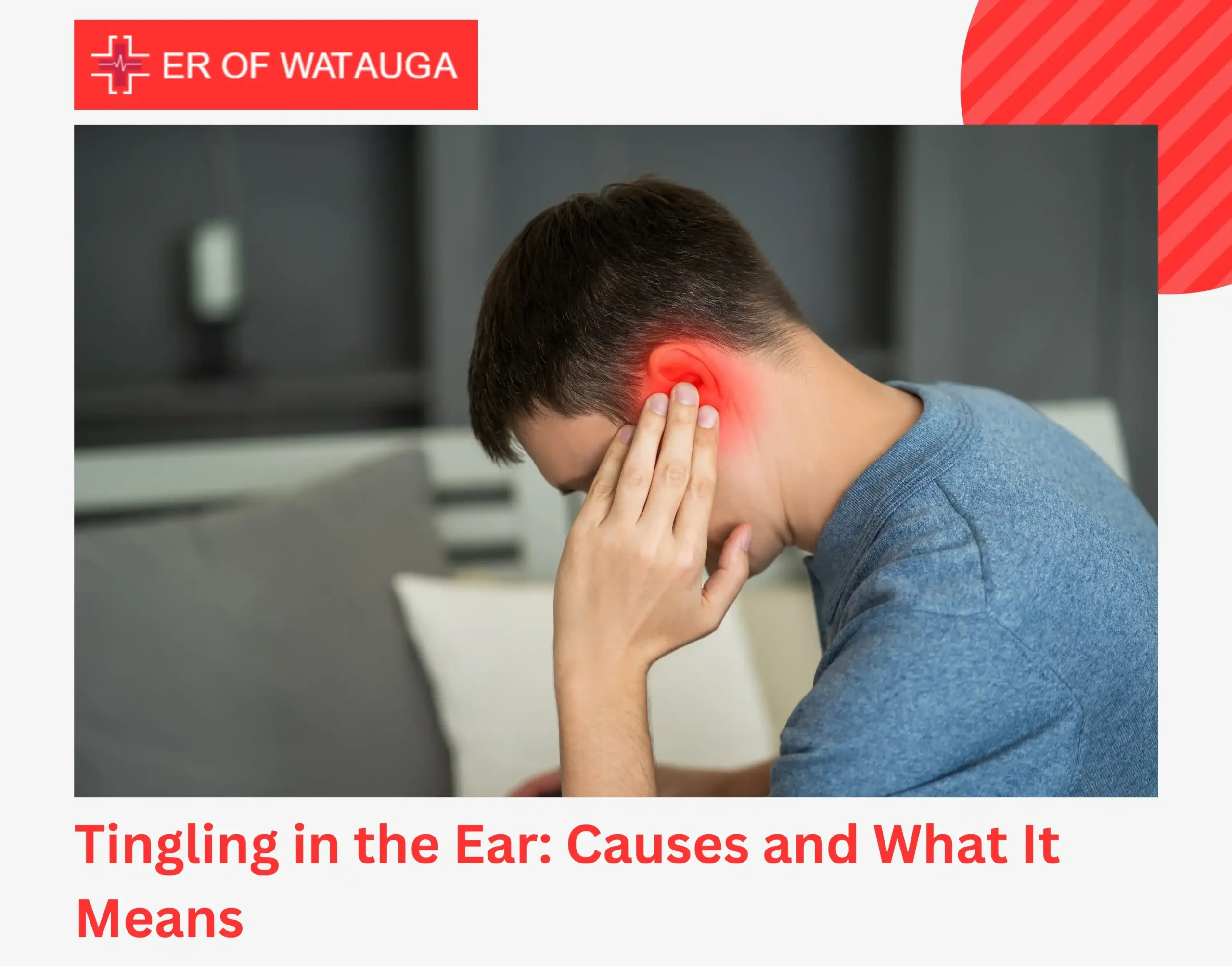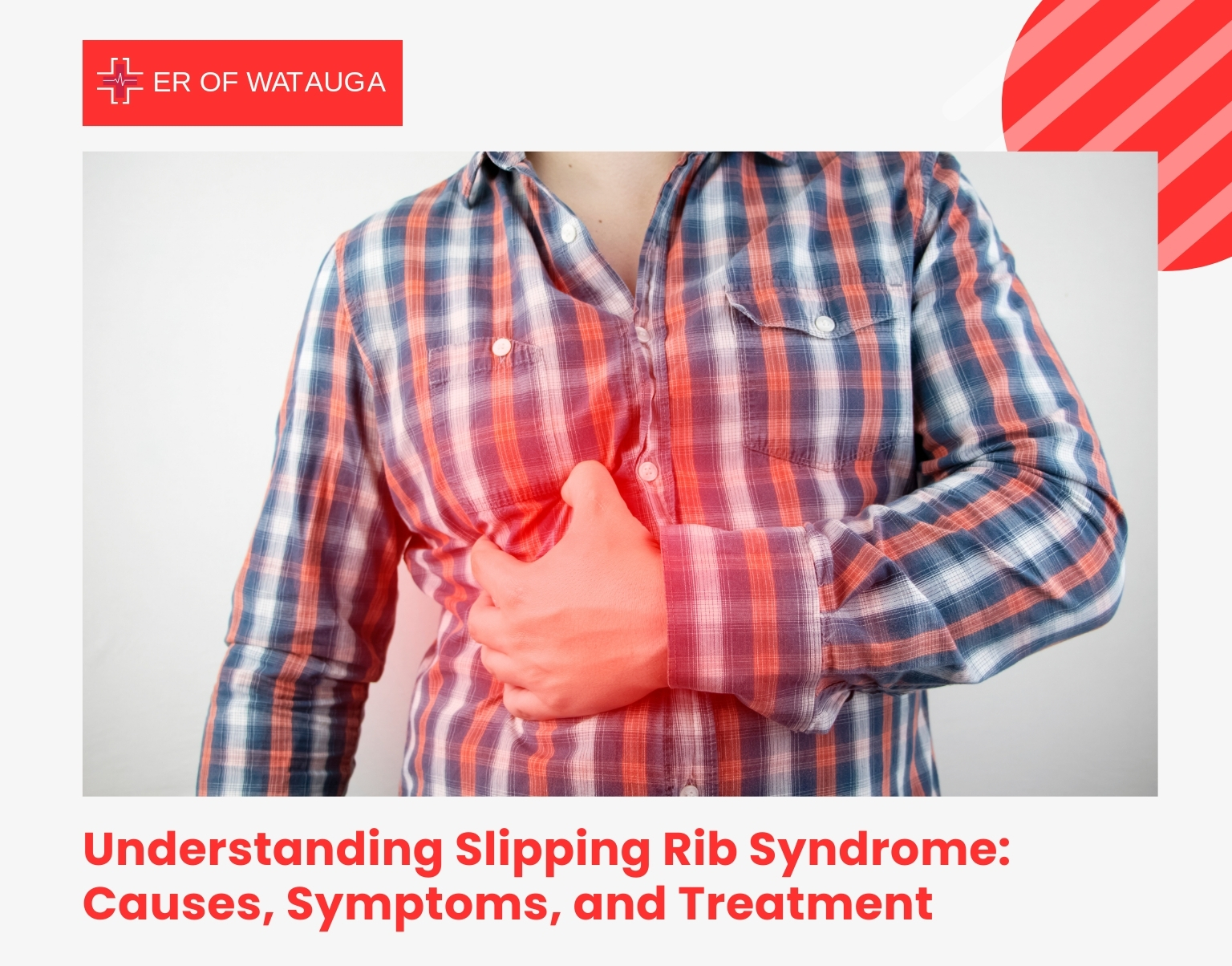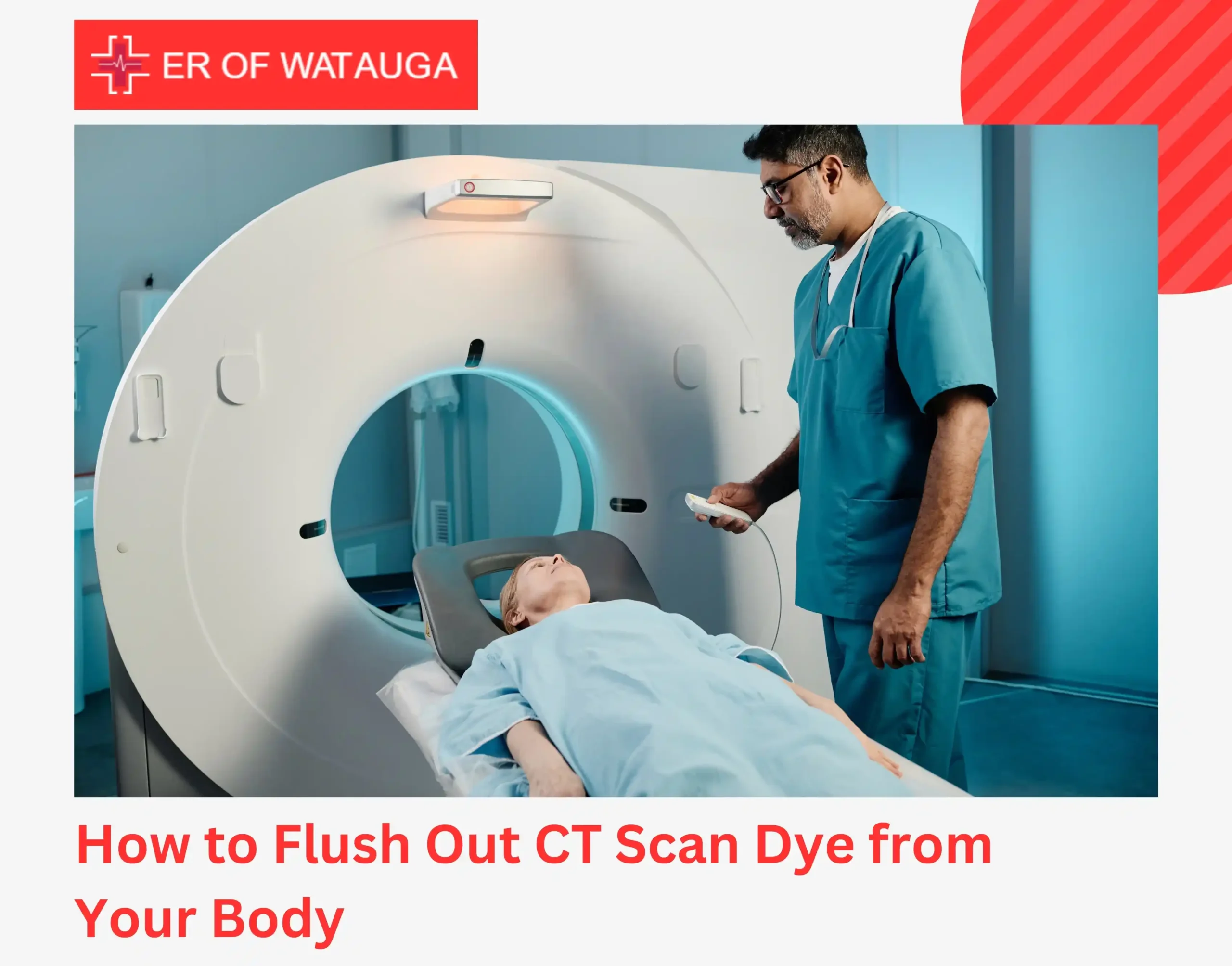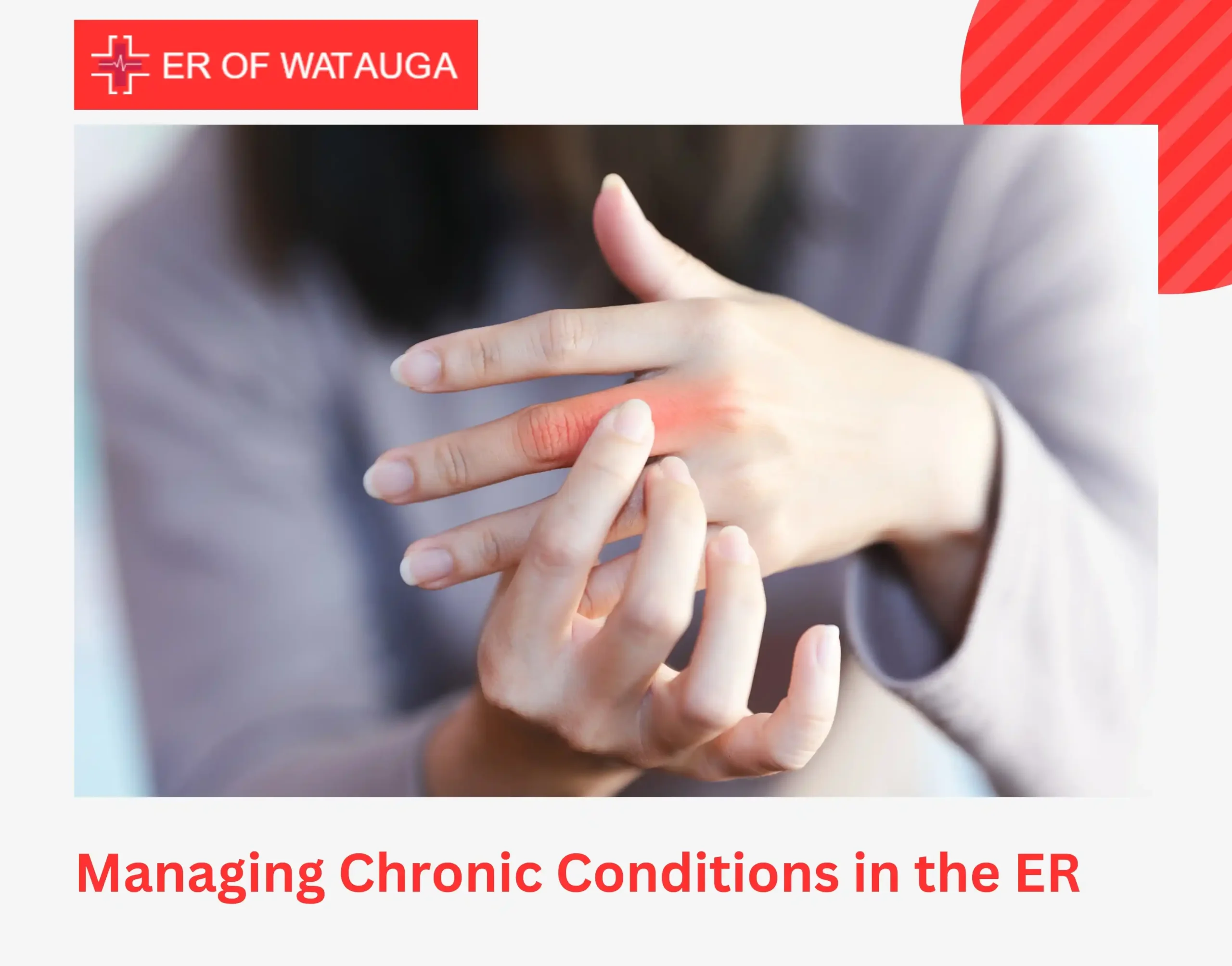Have you ever wondered why greenstick fracture is unique to children and what makes their bones so different from adults? Explore our detailed guide and learn what makes their bones so resilient yet vulnerable. In this detailed guide, we will help you know how a greenstick fracture is different from other fractures, and what are the expected symptoms, causes, and treatments for them.
Greenstick fracture is an incomplete long bone fracture that most typically affects children under younger age. They are typically mid-diaphyseal, affecting the forearm and lower leg. They differ from torus fractures. At ER of Watauga, we provide specialized care to your child by utilizing cutting-edge diagnostic tests, highly skilled staff, and successful treatment strategies.
What is a greenstick fracture?
A greenstick fracture, which corresponds to the shattering of the entire bone, belongs to the group of bone lesions. Greenstick fractures happen due to pulling or bending the bone to the extent that the bone is cracked, so its shape is retained, and the bone does not lose any of its fragments. These types of bone fractures are referred to as greenstick fractures or injury of the greenwood because the break patterns seem like a green stick or a grown tree branch.
Organic green twigs become limber and it doesn’t break when bent but at a broken point, they crack or become splintered in the place where you are pulling. Older branches contribute to the striking sound of snapping apart. Inbreaking of green stick fracture (same as bending that young twig and a break along one side of a fracture which doesn’t cut it into more than two pieces) can be easily and more elegantly executed.
Growing bones are the main reasons why children under ten are considered the most vulnerable to greenstick fractures because young bones are both soft and pliable. Your kid might have to wear the cast when the bone heals, having a greenstick fracture. Most bad fractures need an operation to repair as they would be accompanied by other attached wounds.
Types of greenstick fractures
Greenstick fractures usually affect longer bones, including your:
- Humerus (upper arm bone).
- Radius and ulna (forearm bones).
- Phalanges (finger and toe bones).
- Femur (thigh bone).
- Fibula (calf bone).
Buckle fracture vs greenstick fracture
A buckle fracture, in contrast to a greenstick fracture, is caused by a direct and significant force that breaks the cortex of the bone and then bends the surrounding bone area in one direction. As the perpendicular force of the bone is compressed to its breaking point, it bends and goes out of alignment creating a buckle fracture. The Graft-Versus-Host Disease is probably its cause: the tumor on the bone. In the case of the greenstick fracture, a child’s bone is under twisting force to its breaking point while it does not really crack.
Torus fracture vs greenstick fracture
A compressive force applied to the bone’s metaphysis—a location of reduced strength—causes a torus fracture. The process of a greenstick fracture is the same, but more forces are used, and one cortex is disrupted while the other is bent.
Symptoms and Causes
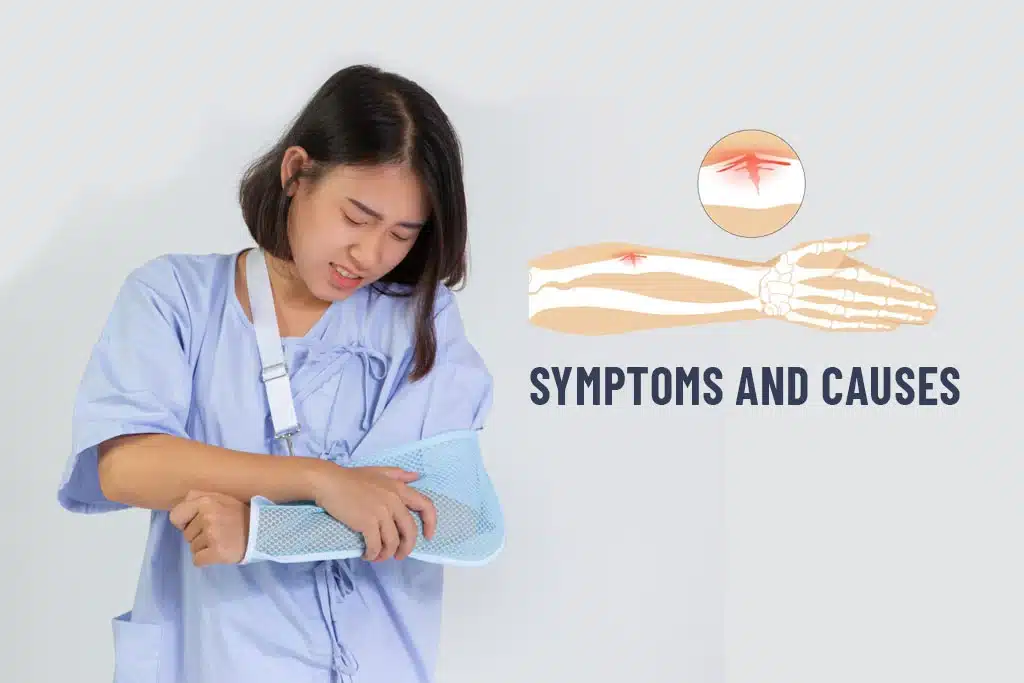
What are greenstick fracture symptoms?
The most common greenstick fracture symptoms include:
- Pain
- Bruising or discoloration
- Tenderness
- Swelling
Some of the components of their bodies are twisted and out of shape, something that appears normal to the rest.
What causes greenstick fractures?
Any factor that generates lasting strains to your child’s long leg will probably result in greenstick fractures. The most common causes include:
- The falling (especially trying to catch themselves after losing balance while having hands stretched out)
- Sports injuries
- Car accidents
What are the risk factors for greenstick fractures?

The greenstick fractures are not exclusive but cling primarily to young children below 10 years of age. Youngsters, as a result of their bones still are not fully rigid, may, more commonly obtain a fracture as it would much easier for the bone to bend and not break like for the skull of an elder.
Children younger mostly are the ones who frequently fall because of the greenstick crack breaks. In fact, it can be much more dangerous for children under ten years of age to get hurt in the process of jumping, since they, in particular, are known to use their arms, hands, and wrists. Children with low nutritious or vitamin D deficiency rates, too, suffer chances of fracturing a bone.
A fracture involving the long-sided bending of a bone is called a greenstick fracture and adults might possibly come across this rare form of fracture. Orthopedists said that generally speaking, the elders’ bones are more likely than young people’s be to reconstructed into a multitude of pieces.
How are greenstick fractures diagnosed?
Our healthcare provider can do that by inspecting a leg with palpation and imagery techniques. They’ll look at the injury plus the area nearby. Example sentence As the founder of our startup, I have been tasked with developing a scalable marketing strategy that will help our product gain traction in the competitive consumer electronics market.
Inform our provider as much information as you can about the child’s activity before the injury occurred, especially, the fact that the injury happened at sports or other physical activity.
What tests do providers use to diagnose fractures?
Your doctor will request an X-ray in order to take pictures of the child’s bones, thus verifying a greenstick fracture. These doctors might implement magnetic resonance imaging (MRI) or a computed tomography (CT) scan which can take a 3D picture of the child’s bone and the surrounding tissue (usually during surgery).
What are greenstick fracture treatments?
Greenstick fractures are commonly treated by providers in a setting where they ensure that the bone does not move by means of a cast. Casting probably will be your child`s piece of clothing for about six weeks. Radiographs will be done after to confirm that their bones are being healed as they should.
Greenstick fracture surgery

Such a surgery as it is represented by the signed may be required to conduct the greenstick fracture on a harmless angle (bend).
Your child’s surgeon will create a new position for the bone by aligning it and acquiring the position by securing it so that it will heal and grow back correctly. In the majority of instances, they do an implant which is called internal fixation that entails metal pins being inserted into your child’s bone. While a plaster cast keeps a broken bone in place, a pin allows the doctor to reach in and adjust the positioning of the bones.
Greenstick fracture surgery complications
The most common greenstick fracture surgery complications include:
- Malunion: This occurs when a bone is out of line by being not aligned correctly that heals or aligns improperly.
- Nonunion: If a bone does not become fully grown together or it seldom happens the area where it is injured will always have the pain.
- Acute compartment syndrome (ACS): It is believed that blockage of vessels by pressure can stop blood flow over a long time, which can result in permanent muscle and nerve damage.
How can I prevent greenstick fractures?
By all means, you do not have the ultimate power over the emergence of a greenstick fracture in your child as their bones may break if they fall or get subjected to a different type of trauma. But there are a few ways you can reduce your family’s injury risk:
- Always wear your seatbelt.
- To be certain that all athletes have the right sportspersons’ protective equipment for every activity and workout.
- See to it that your room is neat and clean and ready for visitors as they tend to trip while it is dirty and without any free path for themselves.
All the time use appropriate tools or equipment while doing the things you cannot reach or see at home. Kids must never lay their hands on the chair, table, or countertop.
When should I see my healthcare provider?
Report to our health care professional, if your children have pain or swelling over the bone, ultimately, if there is a trauma, such as a fall.
When should I go to the emergency room?
If you have trauma or a child may have broken bones, go to the ER. Go to the emergency room if your child experiences any of the following:
- Intense pain.
- Even one body part caused by them is a nonmovement.
- There is something peculiar-gross-about them that bothers that is, they are a part of their body that is surely not in its usual place or its normal shape or structure.
- Look at their hard bone structure through their skin.
- Swelling.
What questions should I ask my healthcare provider?
Questions to ask your healthcare provider include:
- Is my kid having a greenstick fracture or something else that’s wrong with the hands?
- Should they be expected to wear a cast for a week or two, and then will it be removed?
- Will they need surgery?
- How long will it take the victims to return to normal?
- How do I wash the cast? How do I protect the cast from other kids?
- How can my kid still do things while he/she is recovering?
- My child has a weak bone, how likely is the parent to risk for future fracture?
Conclusion
One can never be sure and always frightened to know that their child is in pain and the pain especially if they have a fracture of the bone is uncanny. We understand that it can raise some concerns and a lot of questions and this is completely right. The good and favorable news is that this type of child who has a greenstick fracture has no effects or complications after its bone heals.
Talk to the healthcare provider about whether you are going to experience the procedure painlessly or under an anesthetic. ER of Watauga is your go-to urgent care facility offering comprehensive healthcare solutions. We employ the best team of expert orthopedists with years of experience in the relevant field. Contact us now to book an appointment or to get further information.
FAQs
What does a greenstick fracture look like?
A greenstick injury is a complete break in a bone that resembles a green twig that has bent but has not deformed into elongation.
How does a greenstick fracture occur?
It is a common type of fracture, though it takes place due to the force of bending a bone abnormally. This type of crack is typical for ice skating blades because once flexed from side to side, only the softer gliding surface cracks and shatters while the other side, which is more like a dancing pole, remains intact.
How to heal a greenstick fracture?
While there are various ways to restore a greenstick fracture, the one commonly utilized is to immobilize the affected limb with a cast or splint in order to allow it to realign and heal on its own in the span of time.
What age group do you usually see greenstick fractures?
Children’s and adolescents’ bones often have not finished growing and become denser, so they tend to have these green fractures where the bone bends, not breaks.
What distinguishes a greenstick fracture from the other types of fractures?
Unlike a complete fracture where the bone is totally broken, a greenstick fracture is categorized as a partial break, noting the bone as just bending as opposed to completely snapping.

